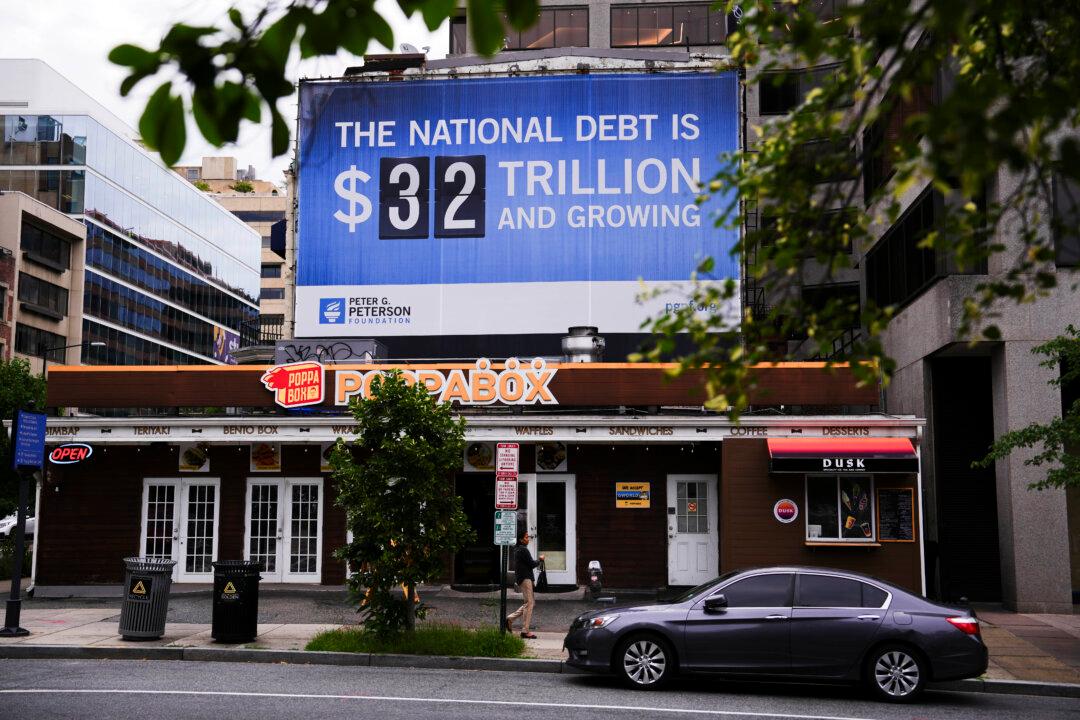Commentary
Have you ever been in a hotel or office building where the fire alarm is blaring, but everyone ignores it and goes happily about their business? Every few minutes, a recorded voice chimes, “Fire! Please exit the building!” but the warning is disregarded. In fact, the longer the alarm sounds, the more people tend to discount it.





